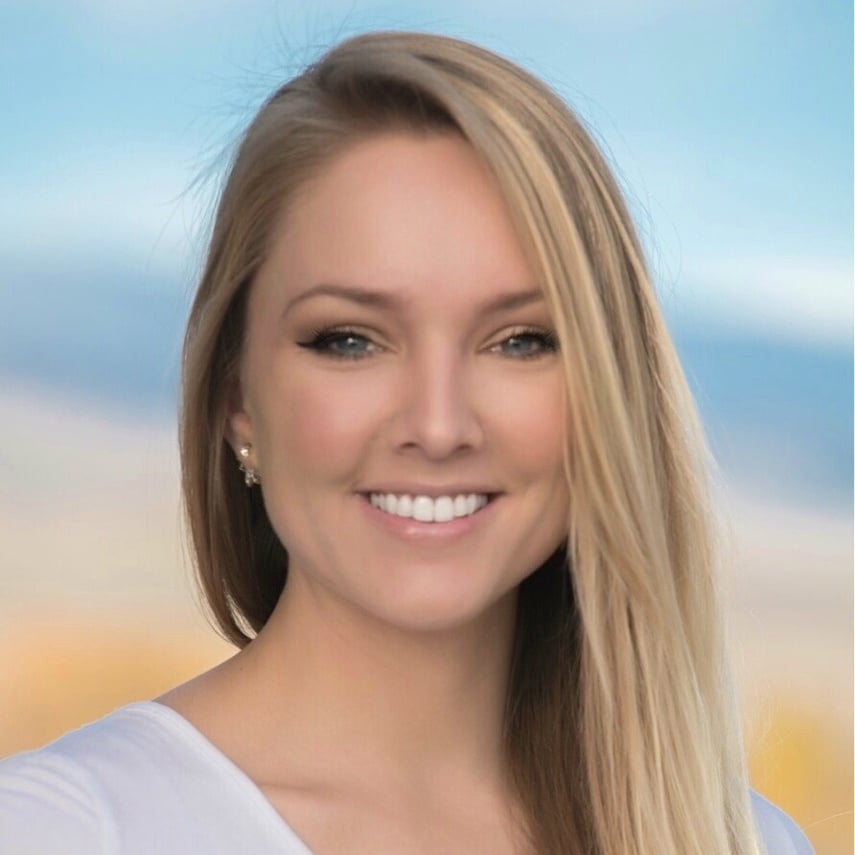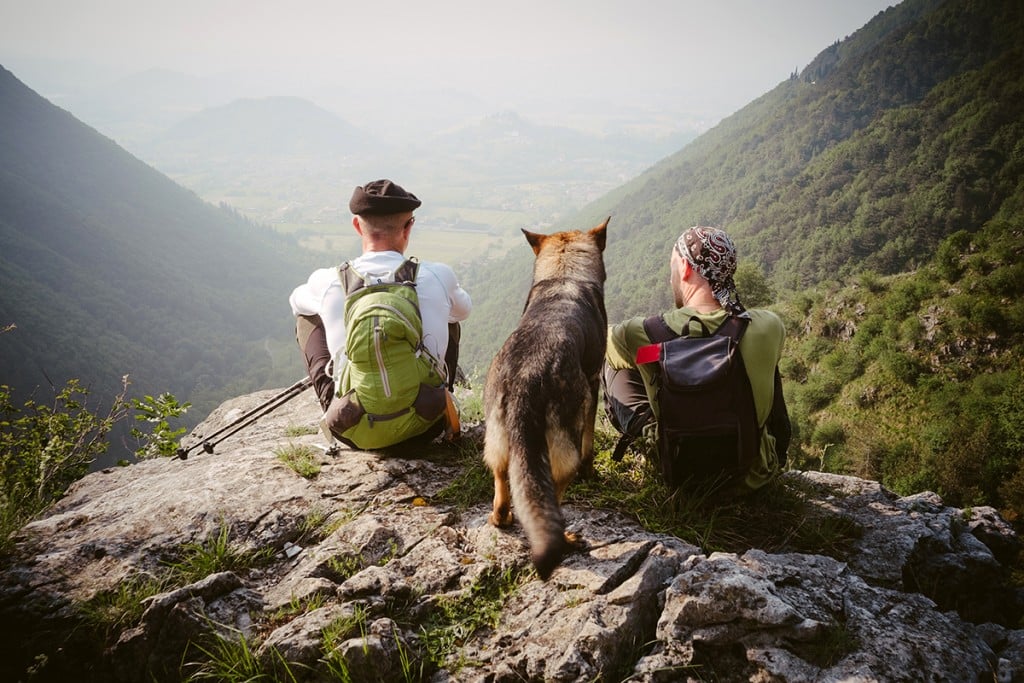 Photo by Teddy Kelley.
Photo by Teddy Kelley.
It’s pitch black outside despite the moon’s glow and light beams from bouncing headlamps. My group is wandering through trees and brush in the middle of the archery range in Spearfish Canyon just outside of Spearfish, South Dakota. We come across the landmark we’re supposed to be looking for—we think: a large target made out of a hay bale surrounded by metal pipes.
“Well, I guess we’re lost,” John says, “Let’s go ahead and build a shelter and wait for them to find us.”
We drop what we’re carrying and start collecting the dropped sticks and logs scattering the ground to build our makeshift shelter until help arrives. That’s when we hear a scream.
Okay, let me explain: I’m on day seven of a nine-day Wilderness First Responder course with NOLS Wilderness Medicine Institute, where I recently began my job as WMI’s Marketing Coordinator at NOLS’ headquarters in Lander, Wyoming. I admit it’s my first medical or first aid training ever. The course so far has been a whirlwind of information and intensive but fun scenarios, and that situation in the woods is one of them.
Flashback to the first day of class (at my alma mater, Black Hills State University, by the way), when I rush into the classroom at 7:45 am, expecting to be early but instead finding myself to be one of the last to show. Everyone around me is geared with 42 to 80 liter packs, making my little Nike drawstring backpack look miniature in comparison. I didn’t even have a watch with a second hand—important to have when taking vital signs—or a pen, for that matter. Talk about unprepared.
I’m quickly reassured, though, as my instructors Dusty and Anna announce themselves with cheery demeanors and great senses of humor and my classmates introduce themselves and their levels of previous medical training. Some have extensive experience, some have very little, like me. Some are much older, some younger than me. Quite the mix—there’s even an adorable Labradoodle named Maya that’s in attendance (and that everyone fell in love with immediately).
 Photo by Christine McCart. Maya watching over her owner, John, during a scenario.
Photo by Christine McCart. Maya watching over her owner, John, during a scenario.
We get to work immediately, submerging ourselves in the foundational knowledge that includes the Patient Assessment System and conditioning ourselves to become comfortable with our colleagues and potential wilderness emergency patients.
“Introduce yourself the person next to you,” Dusty says, “Now rub their belly at skin level.” He was laughing, but he was serious. And we did.
That was just the beginning.
By the end of the nine-day course, this group that started as strangers was noticeably closer, becoming members of the team and feeling the camaraderie that characterizes the wilderness medicine community. Checking each other’s spines, pulses, vital signs, and bone structures, carrying one another in evacuation practices, and comforting and caring for any and all of us at one time or another during the realistic scenarios created an invisible bond between all of us.
I can honestly say I’d trust any of them if they were the ones to come upon an accident I was involved in.
We waded through mounds of curriculum together with the amazing guidance and knowledge of our instructors, laughed together about the exhausting intensity and the fun, exciting atmosphere of the course and, I believe, genuinely encouraged and cared about the success of one another by the time our final tests came along.
 “Plane crash survivors” pose for a photo before taking their places. Photo by Christine McCart.
“Plane crash survivors” pose for a photo before taking their places. Photo by Christine McCart.
The scenarios really stand out to me when I think back on my experience. WMI does an amazing job of setting up situations to seem realistic, with elaborate stories, characters, and moulage (mock injuries) wounds to boot. In just nine days I acted as a rescuer, a plane crash survivor, an injured, asthmatic trail runner with an amputated finger, an elk hunter with a gunshot wound … the list goes on.
A certain feeling of adrenaline-fueled, coordinated chaos would come over the group every time Dusty and Anna took a portion of us outside and asked everyone else to get “rescue-ready”, but throughout all the moaning and screaming of our classmates/patients, the unpredictable medical conditions awaiting treatment, and even Dusty creating uncooperative weather during a hypothermia rescue (busting out a hose to simulate rain—you get the picture), we all had a job to do, and we learned to do it well.
One of the best things about the course was watching everyone’s transformation: from nervous students with step-by-step guidebooks who were just trying to pass into confident, professional first responders who were truly there to help and capable of doing so.
 Black Hills State University WFR Course March 2016 graduates. Photo by Christine McCart.
Black Hills State University WFR Course March 2016 graduates. Photo by Christine McCart.
Fast forward to the scene in the forest I set up in the beginning. After racing to help our imaginary patient and treating her fake wounds (and dealing with a few more surprises along the way), the six individuals in my group hunkered down with a finally-stable situation and waited for a sign that the scenario was over. We busted out some snacks and sat together under the vast span of stars that fill the sky in the Black Hills, telling stories of our experiences camping, talking over the course thus far, and discussing our expectations of the tests that were coming up in two days.
It has since occurred to me what a special thing I was experiencing, this time with a group of people I only just met a few days before. The wilderness has a special way of bringing you closer to the people you are with—there’s just something about being unplugged from the rest of the world, with nothing but the people sitting next to you and the Earth and sky directly around you.
Soon enough, the scenario concluded and we hiked out to meet the rest of the class and head home.

In case you’re wondering, the next two days came and went and I passed the tests—I can proudly say I am now a certified Wilderness First Responder.
Life is funny—I never expected to be so in love with the outdoors or to follow in the footsteps of a family full of nurses, but working for NOLS I learn each and every day the amazing impact that our alumni and our employees have, and I’m so honored to now be a part of each amazing group.
Oh, and I did buy a watch.
About the Author: Sarah is a Wyoming native, recent Wilderness First Responder graduate, and Marketing Coordinator for the NOLS Wilderness Medicine Institute. When she’s offline she enjoys running, singing and playing guitar, and playing in the mountains.
Post cover photo by Michael Trewartha
Related Posts
Wilderness First Responder, in Cartoons
The Adventure Rolls On: Thriving through Adversity with Eric Thompson
15 Signs You’ve Taken a Wilderness Medicine Course
Written By
Sarah Buer
Sarah is a Wyoming native, Wilderness First Responder graduate, and former marketing coordinator for NOLS Wilderness Medicine. When she’s offline she enjoys running, singing and playing guitar, and playing in the mountains



